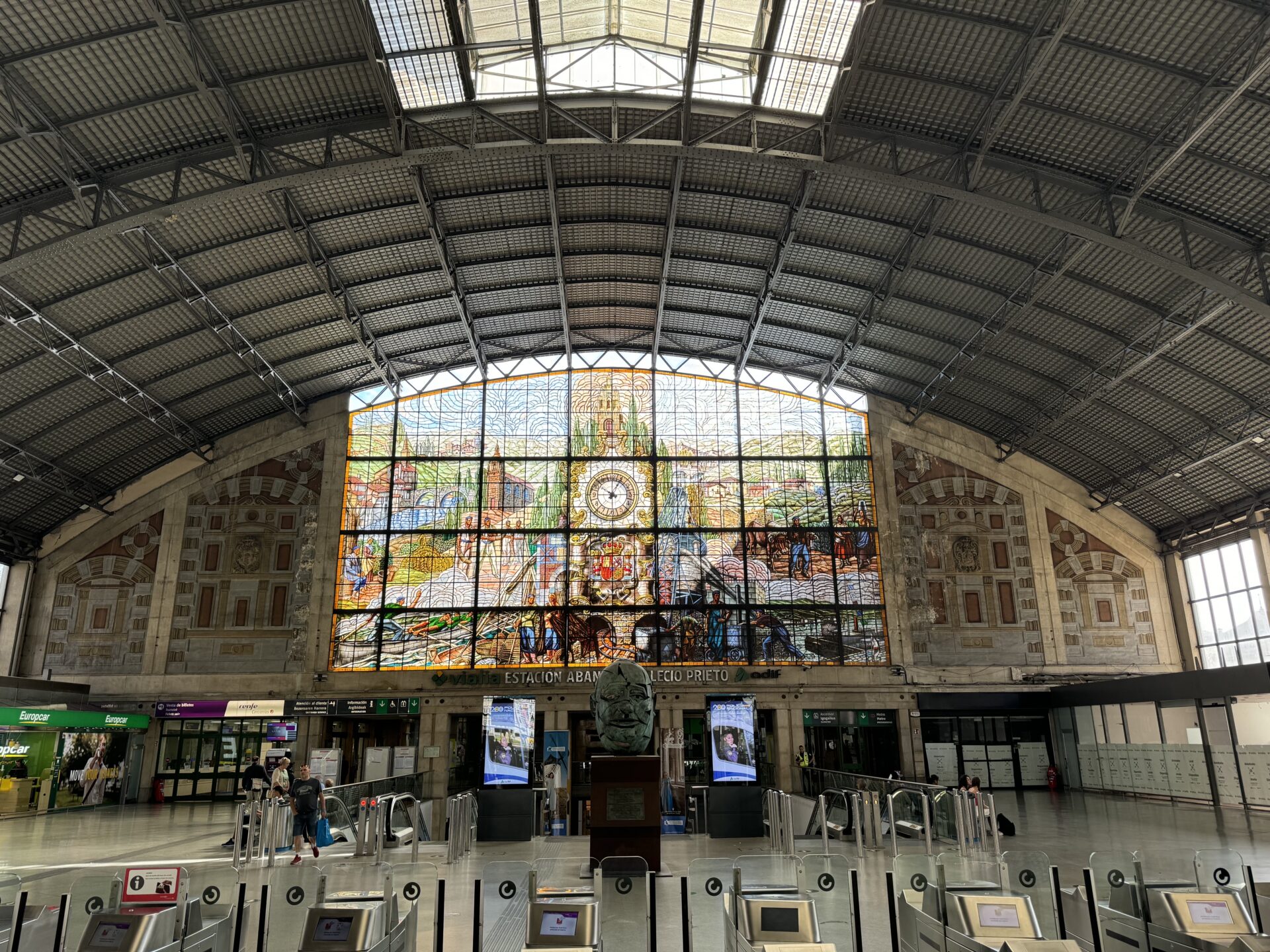
I en af sine klummer skriver min yndlingsessayist Janan Ganesh henført om Spanien:
Well, isn’t the Spanish football team that nation’s 21st century in miniature? La Roja had one major title to its name at the turn of the millennium. It now has five: the fruits of a coaching revolution that still rolls. (The trophies don’t capture Spain’s intellectual hold on the sport.)
This arc lines up with that of Spanish cuisine, which was liked well enough in 2000 but then moved to the avant garde of the avant garde, with Ferran Adrià as the front-most troop.
Not long ago Madrid was Vienna-like in its ossification. It might now be Europe’s most vaunted city after London and Paris, and the world’s best that isn’t on or near a coast. The boom there stems from what? Regional tax incentives, to a degree, but also an openness to those modernisms — architectural, gastronomic — that first tend to stir in littoral Spain. A 2019 column in The Economist contrasted the space-age texture of parts of urban Spain with “peeling” Italian cities. There was no need to stop at Italy.
If the theme here is the ultra-modern, what are the costs of it? How might a nation get a nasty gash from its own cutting edge? No doubt, the splurge of investment a generation ago left behind some follies. It wasn’t all dolphin-nosed fast trains and Frank Gehry wonder-works. Public debt, not unrelatedly, is high. And success turns out to be its own punishment. Spain is too attractive to the outside world, hence the spread of such anti-tourist graffiti as antes esta era mi casa (“this used to be my house”) and a tomar por culo de aquí (a phrase that I can’t seem to locate in my collected Cervantes).
Still, the point here isn’t Spain’s greatness or otherwise. It is the direction of travel versus its peers. Of all the old European powers, Spain alone has had a good century. Britain, the biggest sinker, counts the 2008 financial crash and a now-unpopular Brexit as the main tide marks in a gentle coming-down in the world. Italian growth for most of the time since 2000 is a flat-ish line. (On one IMF measure, Spain became richer in 2017.) Germans lived in the west’s paragon nation a decade ago and now, as Nord Stream 2 rusts in the Baltic deep, perhaps the west’s most chastened. France, at least, can spin a tale of arrested decline. But not of much more than that.
All these places face the same challenge: how do countries past their prime, some with vast and lost empires, face the future? Spain has been the least squeamish in doing it.
Nuvel, det blev et lidt langt citat, ligesom jeg med det følgende muligvis udstiller mit eget provinsielle og indskrænkede verdensbillede. Men: jeg blev virkelig overrasket over hvor lækkert, velfungerende, ja, hvor moderne og progressivt Spanien fremstod i den uges tid, vi besøgte landet. Bevares, alt var ikke lige billedskønt alle vegne, men landet oser af livskvalitet (hvis man har råd til det, forstås). Jeg nød virkelig at være der. Jeg ved ikke, hvorfor landets attraktivitet kom bag på mig. Min nordeuropæiske navlebeskuenhed spiller givetvis en rolle, men mest af alt har jeg nok blot rejst for lidt i de senere år.

Et andet aspekt er, at jeg læser alt for mange amerikanske medier – hvor alt ‘latinsk’ kredser om Mexico og Centralamerika. Om Fentanyl-laboratorier, karteller og bander, venezuelanske diktatorer, massefængsler i El Salvador og borgerkrige i narkostater som Colombia. Et sted i årene der er gået, er jeg (ubevidst) derfor begyndt at forbinde ‘spansk’ med kaos. Hvilket jeg rent intellektuelt udmærket ved er forkert, men jeg må have opbygget en bias, siden jeg blev så positivt overrasket over at opleve Spanien.
Nu skal man altid være varsom med kulturdeterministiske eller alt for institutionelle forklaringer på, hvorfor et land er på en bestemt måde på et givent tidspunkt. Men jeg fornemmede helt uvidenskabeligt – i både Bilbao, San Sebastian og Santander -, og i lighed med Ganesh, at Spanien er et land hvor man gerne bygger, fornyer og moderniserer. Bilbao er ét stort (og vellykket) byfornyelsesprojekt.
Det står i kontrast til mit elskede Italien, hvor fortiden tilsyneladende fylder mere. Bevares, det land har også sin andel af futuristiske byggerier og anlægsprojekter, men det hele virker ældre – og mere orienteret mod det, der var engang. Kom til at tænke på det, da jeg læste et interview med Brasilien-eksperten Brian Winter:
“I came to Brazil from Argentina. I lived in Argentina first. Argentina is a country that is obsessively focused on its past. That’s a country that 100 years ago, famously, was one of the 10 richest countries in the world and today, has slipped back well into the middle of the pack somewhere in the ’60s, depending on what indicator you’re looking at. Argentina is a tango. It’s nostalgia. It’s melancholy.
Brazil has always been about the future, sometimes to a fault. It’s not a place where people remember precedent, where they remember lessons of history. They’re focused on the future. If you grew up in a place like Dallas — like I did — which was built entirely, for the most part, in the 20th century, I think there’s probably something of that that resonates with me.”
Måske Spanien er Brasilien i denne lidt for vildtflyvende sammenligning, mens Italien er Argentina? Jeg tror der er noget om det.
Selv er jeg naturligvis 100% Argentina/Italien i denne analogi. Jeg kan beundre det andet perspektiv, men det gør mig ikke nødvendigvis i stand til at kunne leve efter det. Måske er jeg derfor også oprørt (OPRØRT!) over at Ganesh omtaler Wien som forstenet. Intet kunne være mere forkert. Wien er pragtfuld. Wien er melankolsk. Wien er fortiden i nutiden på den helt rigtige måde. Mere herom en anden gang.